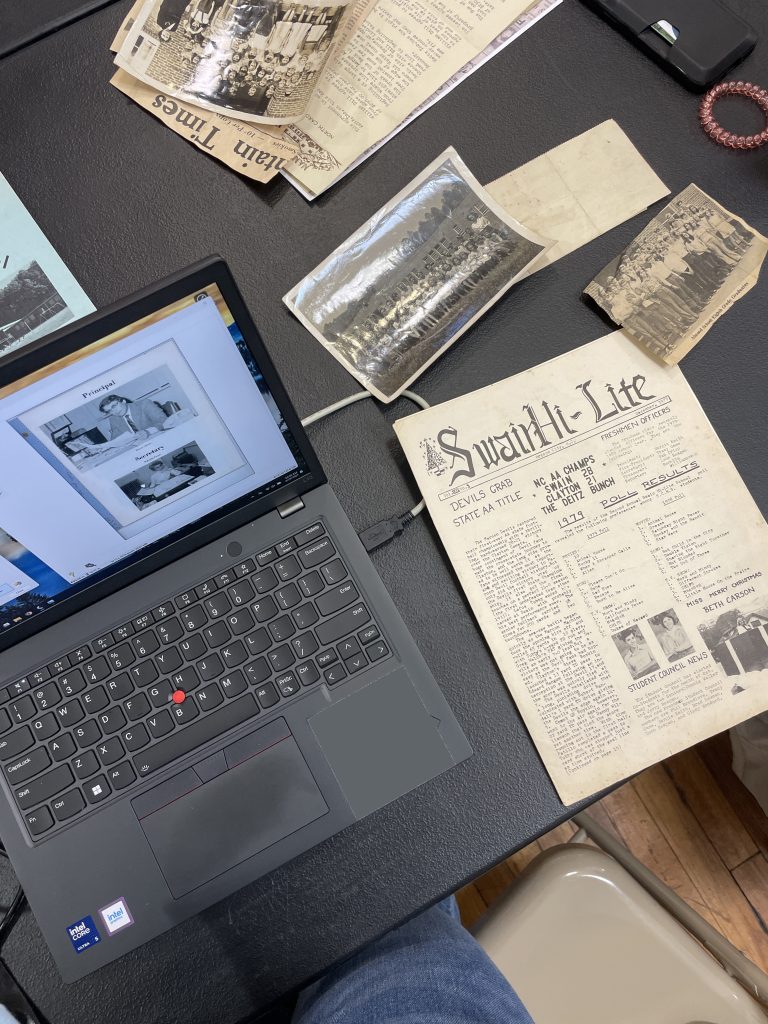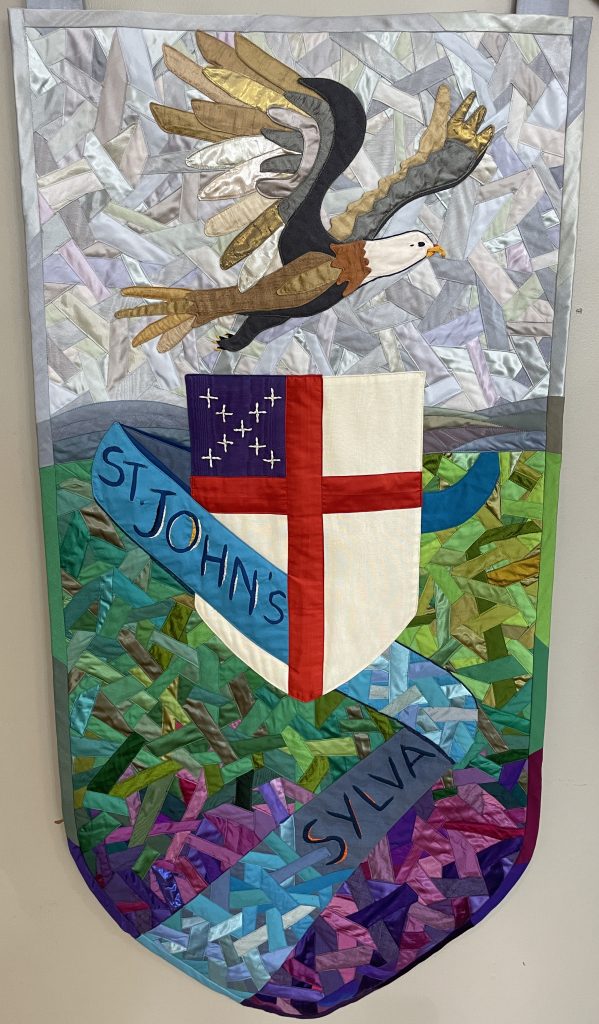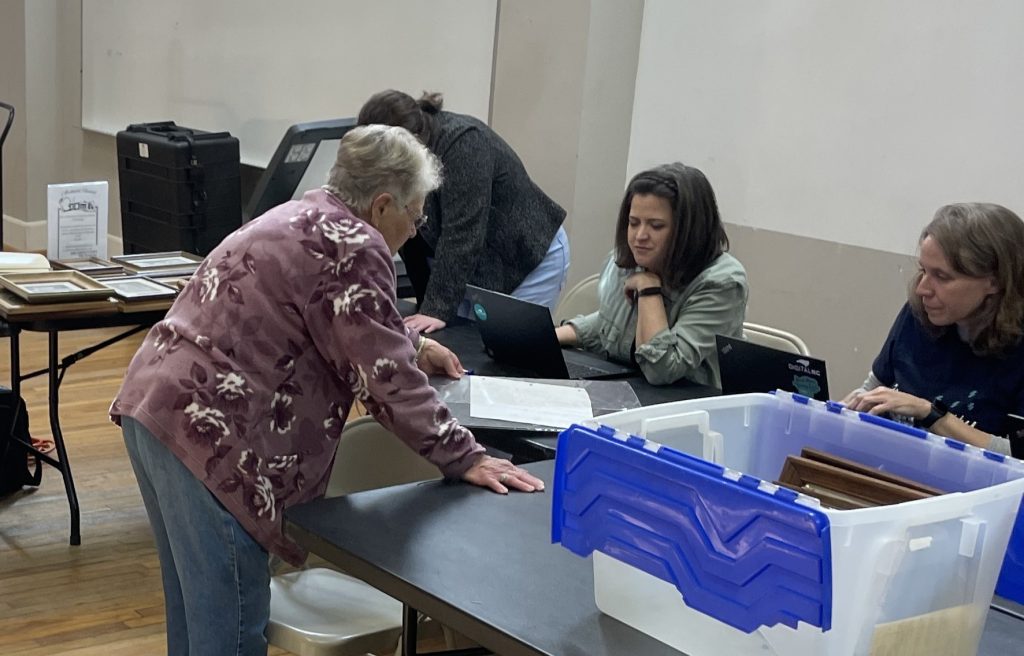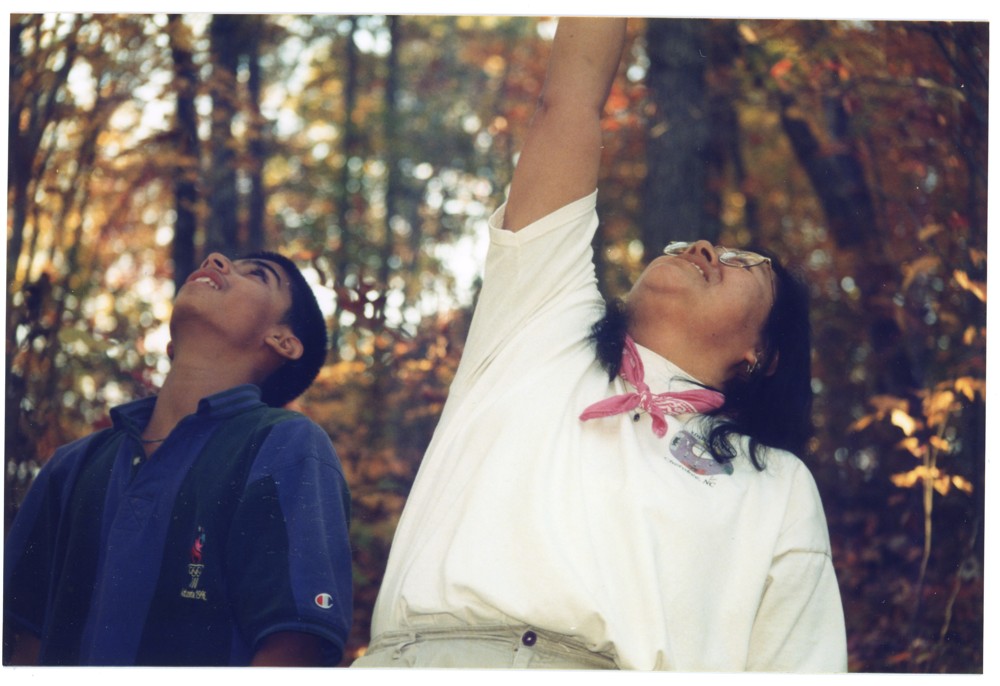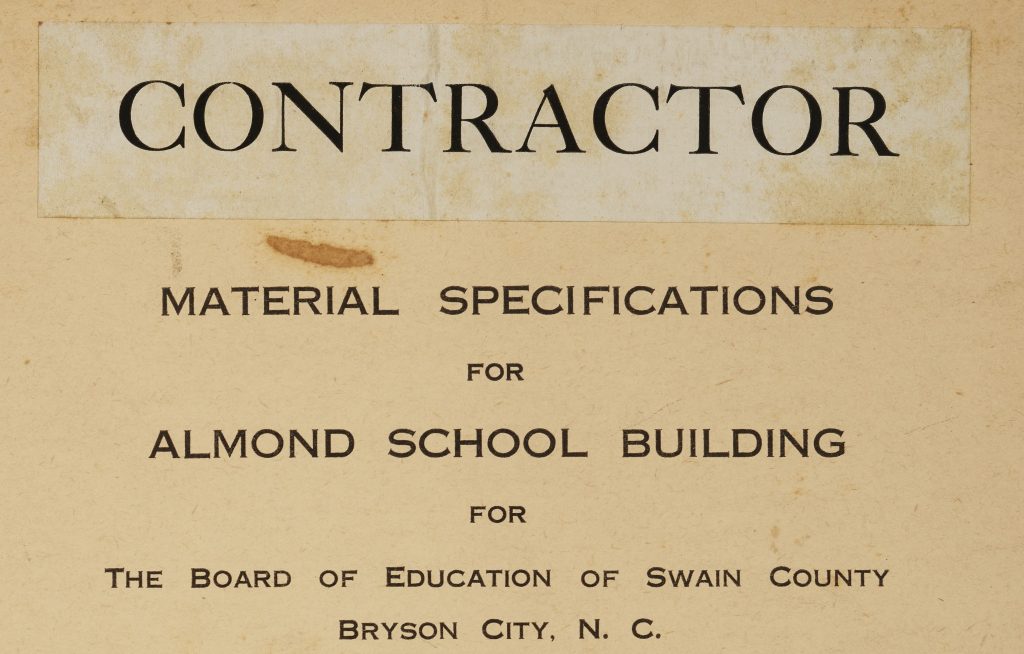It’s time for our annual round of microfilmed newspaper digitization! As in previous years, we’re asking cultural heritage institutions in North Carolina to nominate papers from their communities to be digitized. We’re especially interested in:
- newspapers covering underrepresented regions or communities, and
- newspapers that are not currently available in digital form elsewhere online.
If you’re interested in nominating a paper and you work at a cultural heritage institution that qualifies as a partner, here’s what to do:
- Review the Criteria for Selecting Newspapers to Digitize from Microfilm listed below.
- Verify that the newspaper you’d like to see digitized exists on microfilm.* Email us (digitalnc@unc.edu) if you’re not sure.
- Be prepared to talk with the rights holder(s) to gain written permission to digitize the paper and share it online. We can give you advice on this part, if needed.
- Fill out the nomination form.
Nominations will be taken on an ongoing basis, however don’t wait! We typically get many more requests than we can accommodate. Please contact us at digitalnc@unc.edu with questions. We’re looking forward to hearing from you.
Criteria for Selecting Newspapers to Digitize from Microfilm
Titles to be digitized will be selected using the following criteria:
- Does the newspaper document traditionally underrepresented regions or communities?
- Does the newspaper include significant coverage of the local community or largely syndicated content?
- Does the newspaper come from an area of the state that has little representation on DigitalNC? (For a quick view at our current representation, visit our newspaper collection page and select “View on Map” directly to the right of the “Browse Newspaper Titles” section)
- Is the institution willing to obtain permission from the current publisher or rights holder(s) to digitize issues and make them freely available online?
* What about print newspapers? These are much more costly to scan – we only work with a very limited number. Information about capacity for print newspapers can be found here.


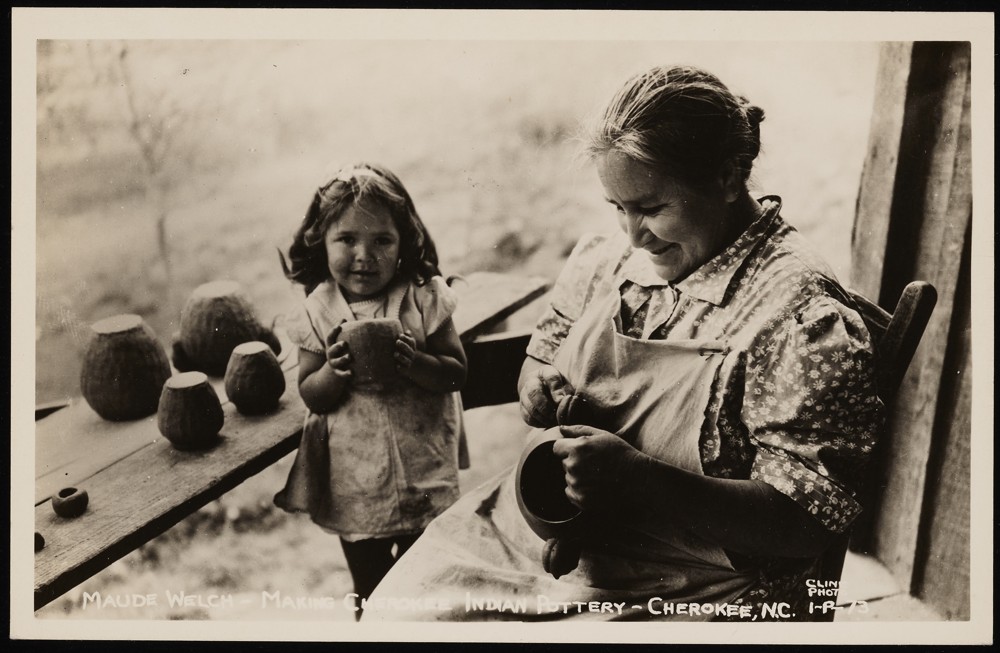



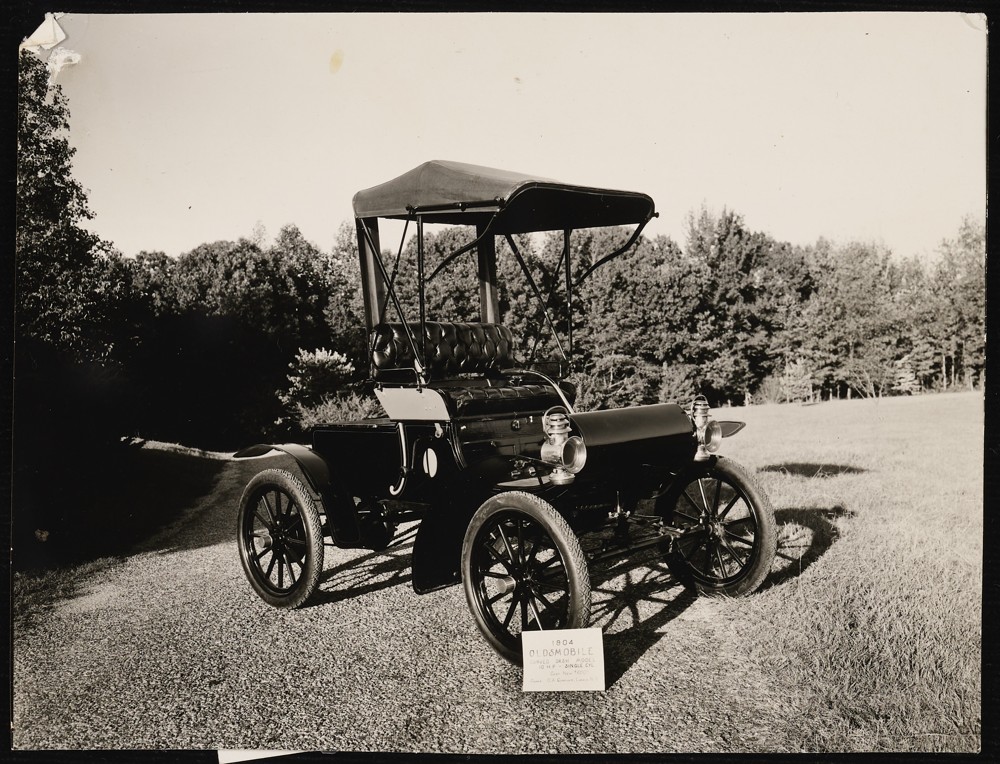

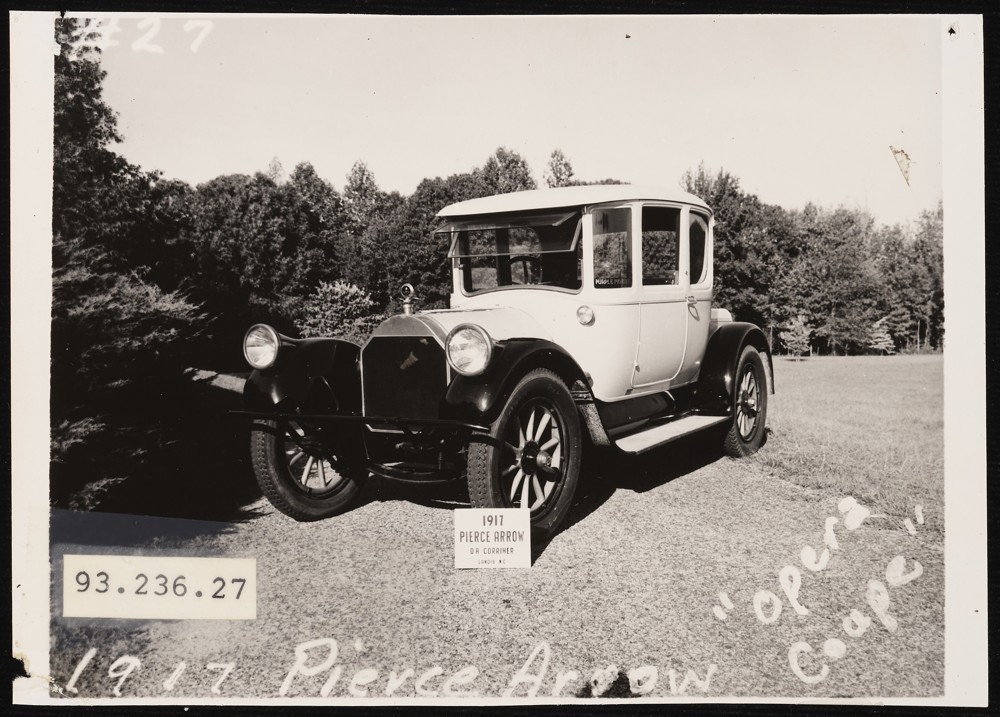
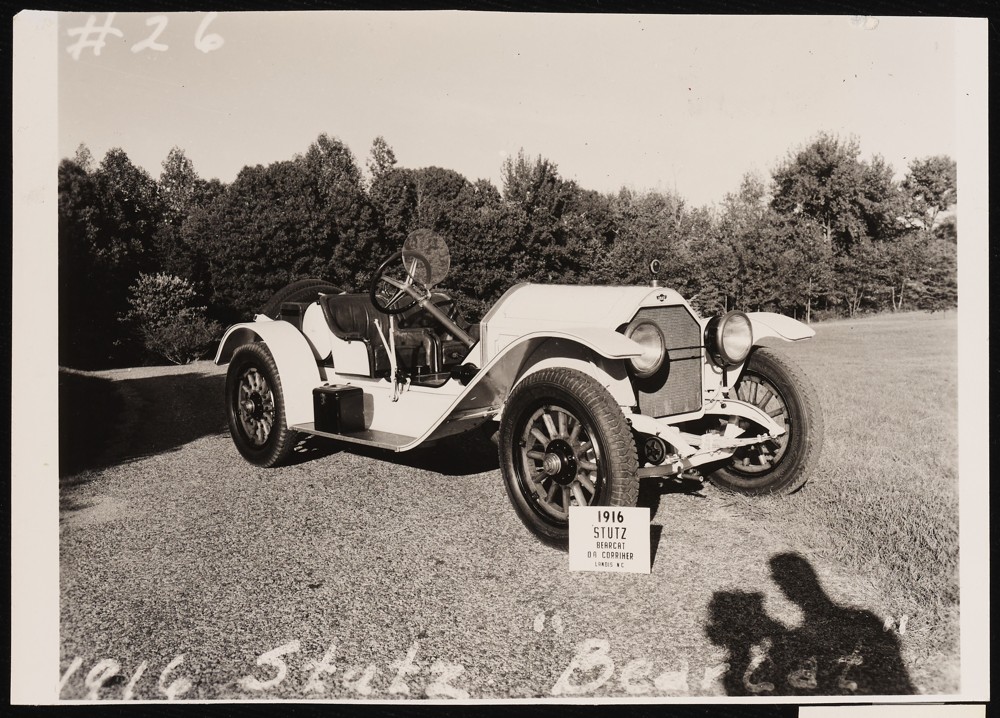

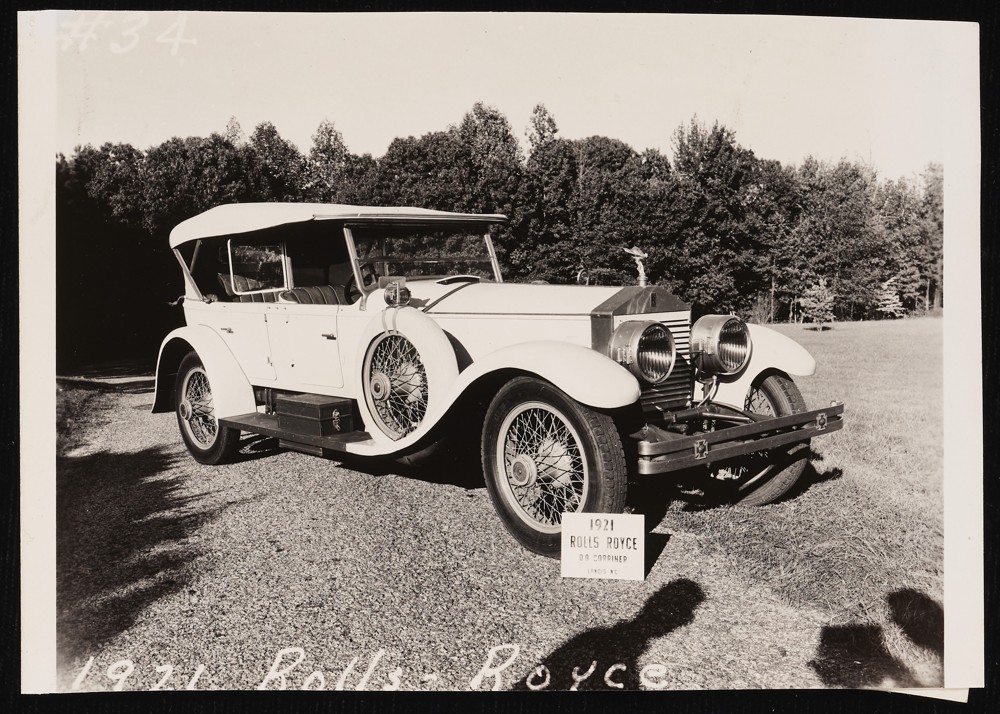
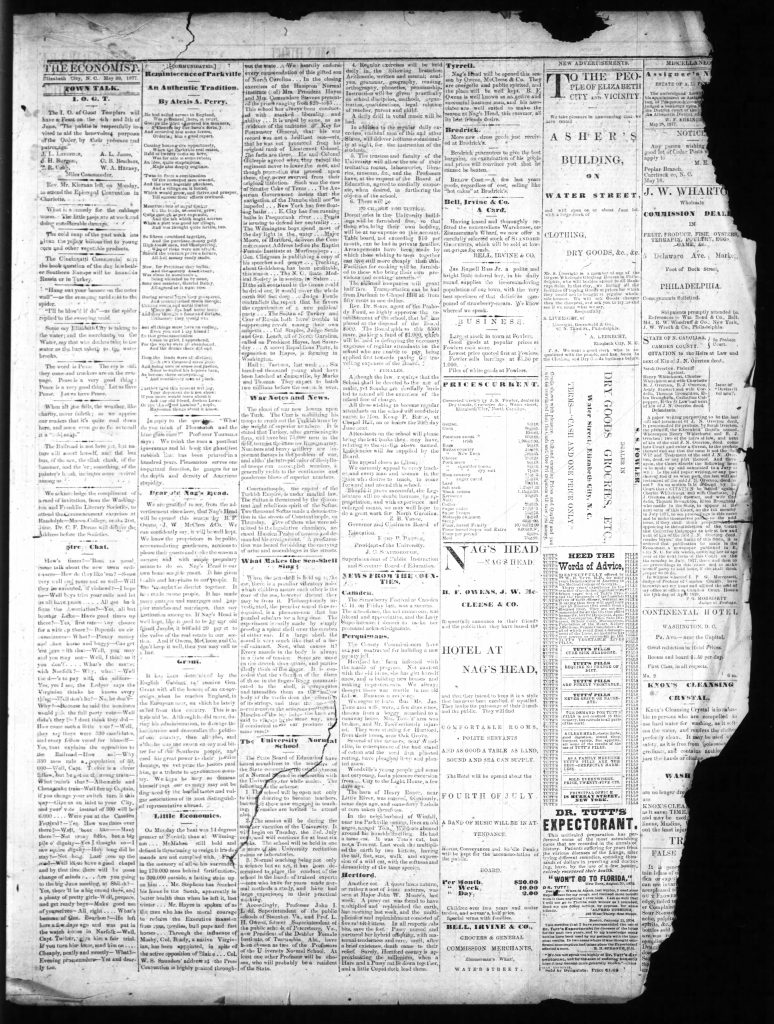
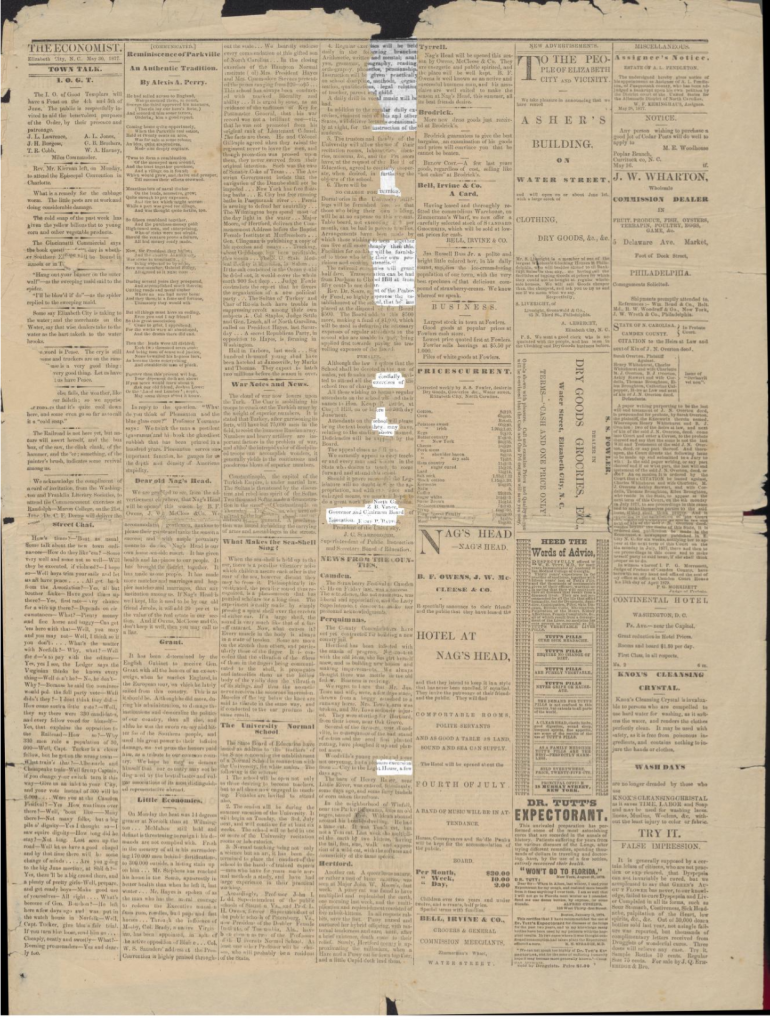
![Masthead for The Taylorsville Times. Below the newspaper title is written: [Numb]er 34. Taylorsville, North Carolina, Thursday, August 24, 1933. $1.00 per year.](https://www.digitalnc.org/wp-content/uploads/2025/07/1933-08-24-1024x173.png)







![Masthead for The Yancey Journal. Text in the photograph from top to bottom, left to right reads: "The Yancey Journal. Vol. 12, No 18. Burnsville, N.C. 28714. Thursday, February 23, 1984. 15c [cents]."](https://www.digitalnc.org/wp-content/uploads/2025/05/download-1-1-1024x474.png)




